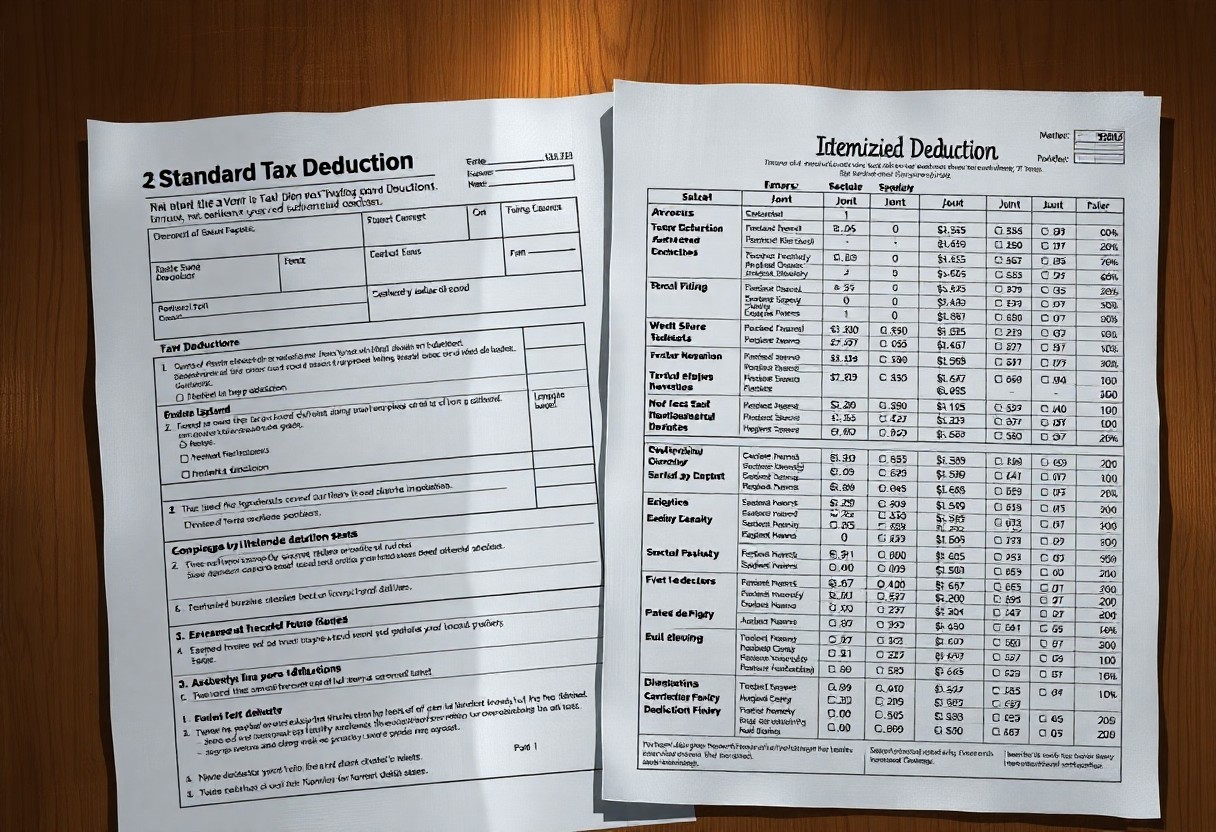Income tax deductions can significantly reduce your taxable income, leading to lower tax bills. By understanding the different types of deductions available, you can optimize your tax situation and retain more of your hard-earned money. This guide outlines the basics of income tax deductions and provides tailored advice for new investors, experienced investors, those aiming for early retirement, and those near retirement.
Types of Income Tax Deductions
- Standard Deduction:
- A fixed dollar amount that reduces the income on which you are taxed.
- For example, in 2023, the standard deduction was:
- $12,950 for single filers
- $25,900 for married couples filing jointly
- $19,400 for heads of household
- Most taxpayers take the standard deduction as it simplifies filing.
- Itemized Deductions:
- Itemizing allows you to deduct specific expenses, which can be beneficial if they exceed the standard deduction.
- Common itemized deductions include:
- Mortgage Interest: Deduct interest paid on home loans.
- State and Local Taxes (SALT): Deduct state and local income, sales, and property taxes, up to $10,000.
- Charitable Contributions: Deduct donations to qualifying charities.
- Medical Expenses: Deduct medical expenses that exceed 7.5% of your AGI.
- Casualty and Theft Losses: Deduct losses from federally declared disasters.
- Above-the-Line Deductions:
- These deductions reduce your AGI, which can affect eligibility for other tax benefits.
- Examples include:
- Retirement Contributions: Contributions to traditional IRAs and certain retirement plans.
- Health Savings Account (HSA) Contributions: Deduct contributions to HSAs.
- Student Loan Interest: Deduct up to $2,500 of interest paid on student loans.
- Qualified Business Income (QBI) Deduction:
- Allows eligible self-employed and small business owners to deduct up to 20% of their qualified business income.
Guidance for Different Types of Investors
New Investors:
- Start with the Standard Deduction: It’s easier and often more beneficial unless you have significant itemizable expenses.
- Utilize Retirement Contributions: Contributing to a traditional IRA can reduce your taxable income.
Experienced Investors:
- Leverage Itemized Deductions: If you have a mortgage, substantial charitable donations, or high medical expenses, itemizing may be beneficial.
- Maximize Above-the-Line Deductions: Contributions to retirement accounts and HSAs can significantly lower your AGI.
Investors Trying to Retire Early (FIRE):
- Focus on Tax-Advantaged Accounts: Max out contributions to IRAs and HSAs to reduce taxable income and prepare for future withdrawals.
- Plan Charitable Giving: Consider donor-advised funds to bunch charitable contributions for higher deductions.
Investors Near Retirement:
- Medical Expense Deductions: Track medical expenses closely, as these often increase with age and can be deducted if they exceed the AGI threshold.
- Mortgage Interest and SALT: Utilize these deductions if you still have mortgage payments and pay significant state and local taxes.
Conclusion
Understanding and utilizing income tax deductions can lead to substantial tax savings. Whether you’re a new investor, an experienced one, aiming for early retirement, or nearing retirement, knowing which deductions apply to your situation is crucial. Proper tax planning and deduction strategies can help optimize your financial situation and ensure you keep more of your income.

